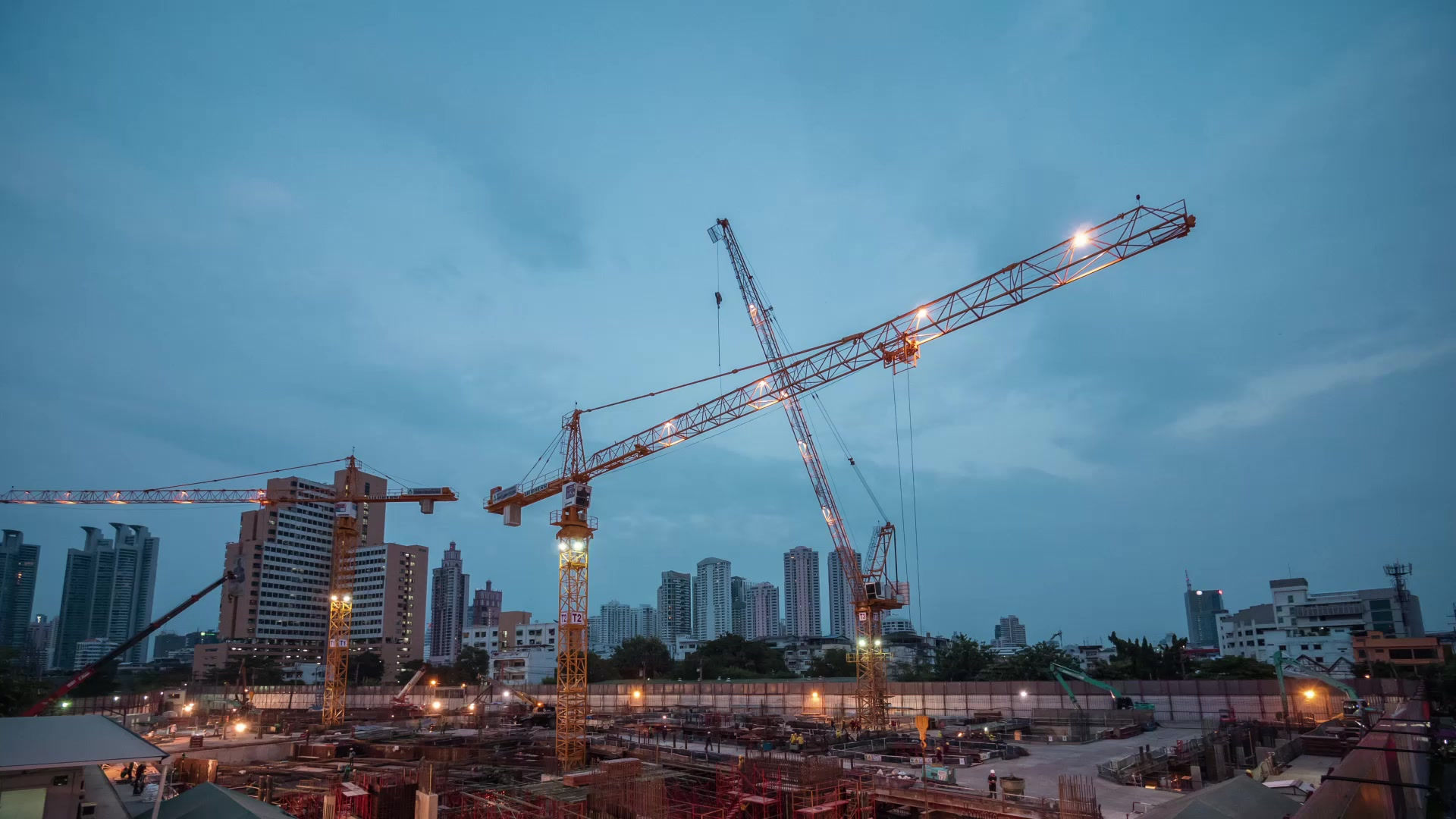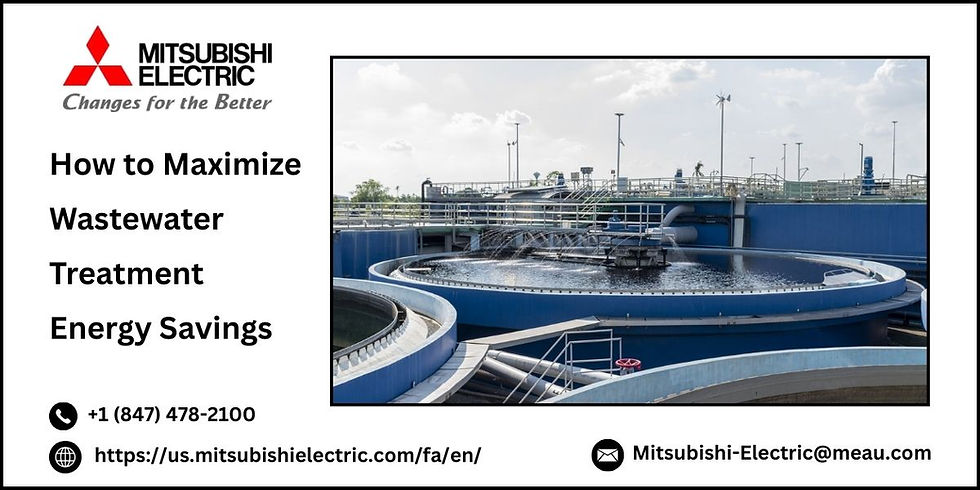From Manual to Machine: The Evolution of Automated Line Robots
- mitsubishielectric1
- Sep 26
- 3 min read
In the landscape that sometimes developed with industrial automation, some innovations have a profound effect as automatic line robots. These intelligent machines have made a human-intensive process a matter of the past, converting the process into an effective, well-organized, and highly accurate operation. From the humble beginning of manual assembly to now-smart factories, the projection of automation has been radical.
The Manual Era: Where It All Began
Prior to robotics, manufacturing lines were heavily dependent on manual labor. Employees did repetitive work, frequently in difficult conditions, with little consistency and speed. Though skilled employees powered production, it was accompanied by problems: exhaustion, man-made mistakes, and the inability to expand.

As demand increased with mass production, businesses started looking for ways to provide speed, accuracy, and reliability. This gave rise to the creation of the invention of automation.
The Origin of Automation
The initial wave of automation brought mechanical devices that were simple, conveyor belts, pneumatic equipment, and basic control systems. This evolved efficiency but still had a vast need for human intervention.
Then entered the revolutionary force: automated line robots. These programmable machines could do repetitive tasks with precision and repeatability unattainable by humans. First implemented in the automotive and electronics sectors, they soon made their presence felt across sectors.
What Are Automated Line Robots?
Line robots are programmable computer systems used for working on a production line. They can be used for welding and painting, or assembly and packaging. Line robots have sensors, actuators, and AI software, which adjust to new conditions and improve performance in real-time.
Unlike traditional machines, line robots are adaptable. They can be re-designed for other uses, making them an ideal option for contemporary manufacturing facilities that require flexibility and privatization.
The Emergence of End-of-Line Robots
With advancing automation technology, a specialized category emerged: end-of-line robots. The end-of-line robots work on the last stages of production, performing activities such as:
● Inspection and quality control
● Packaging and stacking
● Labeling and sorting
● Final assembly and shipping
End-of-line robots guarantee that factory-leave products are ready for quality level and shipping, and delivery. Their contribution is important in reducing defects, waste, and customer dissatisfaction.
Benefits That Drive Adoption
Changes from manual labor to automated line robots are not only about changing humans; It is about increasing capabilities. Some major benefits include:
● Increased efficiency: Robots operate 24*7 without rest days. This greatly increases the rate of production. Robots extract bottlenecks and provide uninterrupted production.
● Better accuracy: With state-of-the-art vision systems and artificial intelligence algorithms, robots work with micron-level accuracy, reducing errors and the possibility of reunion.
● Better security: Robots reduce the causes of job injuries while eliminating dangerous or fruitless functions, and providing clean conditions for human workers.
● Cost Savings: Although the initial cost is high, costs cost savings, removal, and productivity growth in labor validate the investment in automation.
● Scalability: The system can be scaled up or down depending on the demand, which is not possible for manual work.
Real-World Applications
Here's a look at how automated line robots and end-of-line robots are changing industries:
● Automotive: Robots build engines, weld bodies, and inspect parts with speed and precision never seen.
● Food & Drink: End-of-line robots package products, label, and sort for shipping.
● Pharmaceuticals: Sterile handling, dosing, and drug packaging are ensured by robots.
● Electronics: Automated systems place micro-components onto circuit boards with final accuracy.
Challenges and Considerations
Although they have benefits, automated line robot installation is not without difficulties:
● Heavy Upfront Costs: Robotics systems mean heavy hardware, software, and training costs upfront.
● Integration Complexity: Robot integration with existing systems requires appropriate planning and technical information.
● Workforce Transition: Automation risks job loss, necessitating workforce realignment and reskilling.
However, these are being solved through modular designs, cloud control systems, and human-aid robots.
The Future of Automation
The future of line robots with automation is near. New technologies are opening doors:
● AI and Machine Learning: Robots are becoming smarter, learning from experience to improve performance and make better decisions.
● Associate Robotics: Robots are being developed to interact safely with people, providing new opportunities for hybrid workflows.
● Sustainability: Robots are assisting businesses in reducing power consumption, reducing waste, and setting environmental permanent production goals.
● IOT Integration: Connected robots exchange data on the network to allow future maintenance and real-time analysis.
Conclusion
The transition from humans to machine-based production has defined the boundaries of production. Automatic line robots and end-of-line robots are no longer equipment; They are strategic options that inspire innovation, productivity, and competition.
With industries adopting automation, "if" to "from" to "how" will be noticed to deploy the robot. The future belongs to intelligent factories run by intelligent machines, and the revolution is just coming out.

.png)



Comments